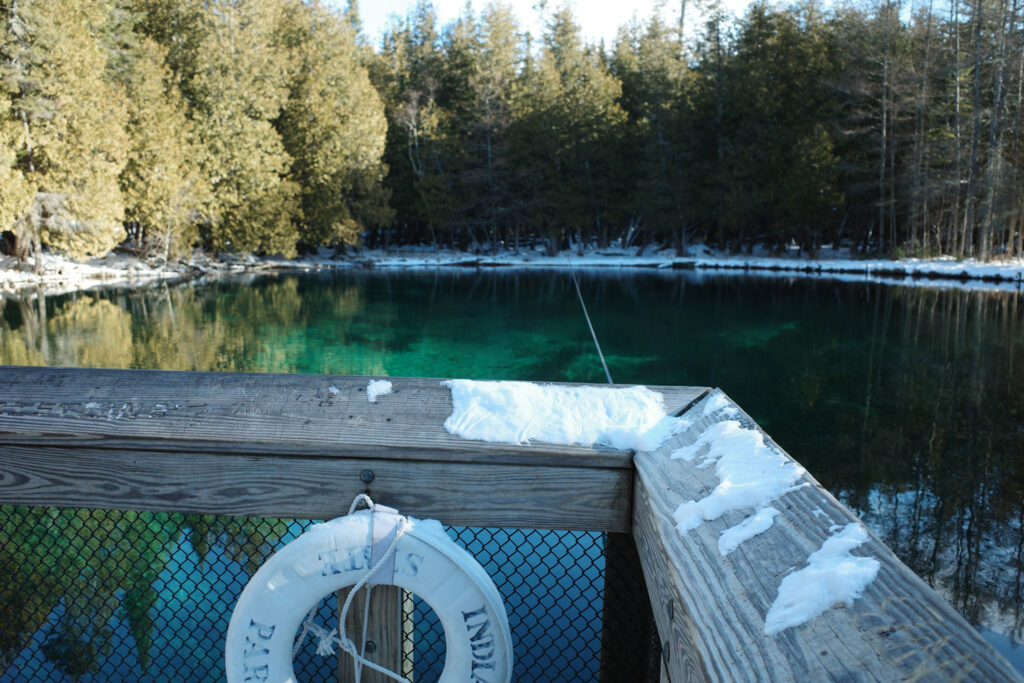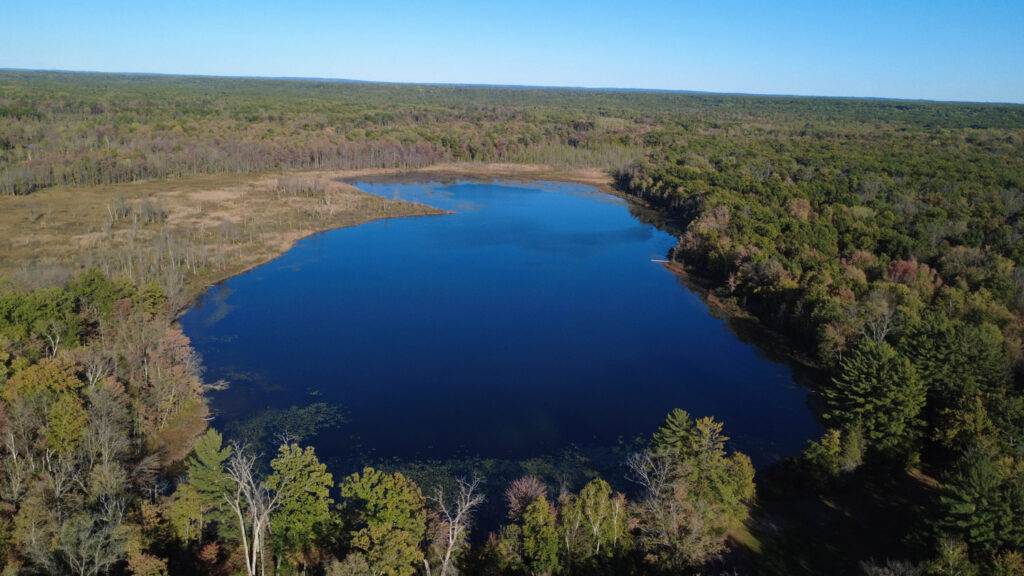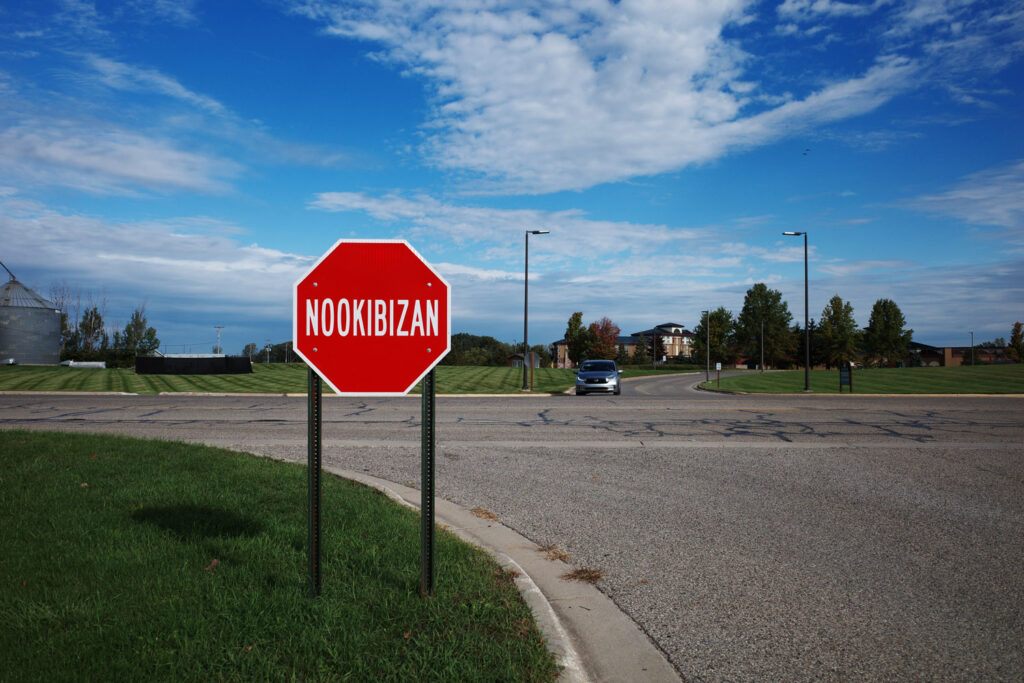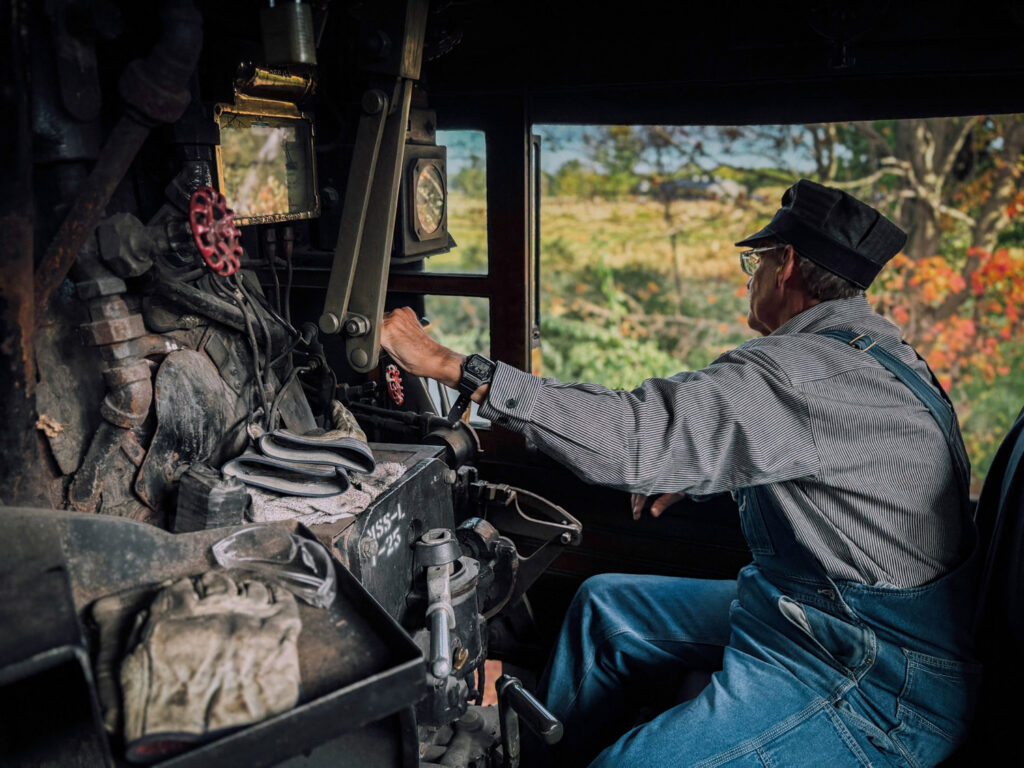Thompson Township — It’s one of those names that rolls off your tongue. For those who have no idea what Kitch-iti-kipi is, it’s a freshwater spring deep in the U.P., and it’s pronounced “Kitch-ih-tee-kih-pee.” “Big cold spring” in Ojibwe.
Say it slow, then faster. It’s fun, but most of us don’t really get to say it much, because most of us don’t live way up in the middle of nowhere in the central U.P.
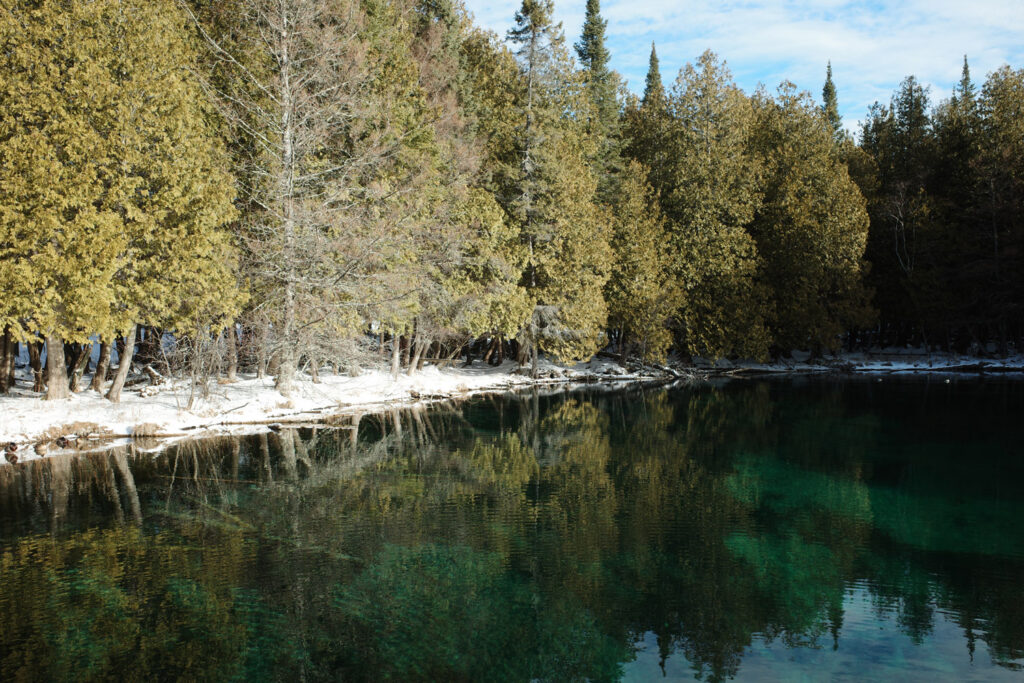
There are those natural wonders and beautiful scenes that seem to summon every tourist on God’s green earth. The parking lots are always full, and tourists are always snapping photos for Instagram. But Kitch-iti-kipi isn’t really one of those scenes. It’s not well known at all.
Kitch-iti-kipi is a natural spring that bubbles warm water all year long. Hidden in the deep woods of Thompson Township (population 808), the place feels like it was hidden just for the few who live up here.
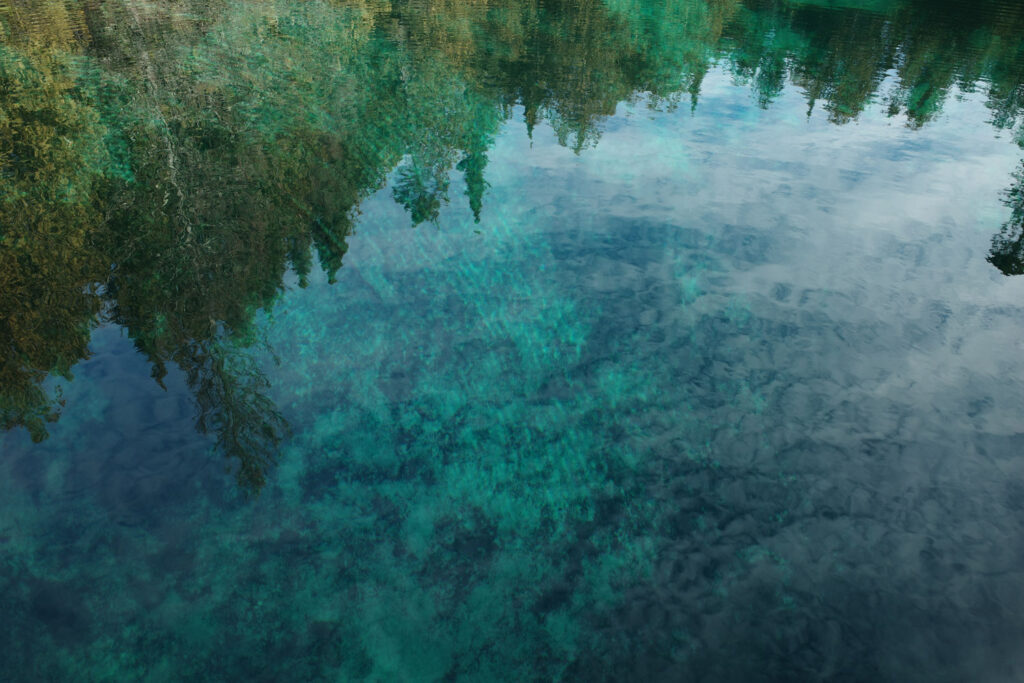
A man named John Bellaire found it in the 1920s. The area was completely undeveloped and totally remote. Schoolcraft County—in which Kitch-iti-kipi is located—has a population density of just 7.2 people per square mile. Imagine what it was 100 years ago. When Bellaire discovered it, fallen debris was littered all over. Loggers had used it as a dump. The spring was hidden.
Bellaire immediately fell in love with Kitch-iti-kipi. He was able to see the beauty through the desolation and contamination. He visited the spring regularly. He could have bought the land and kept it for himself. That’s what most of us would do. But Bellaire didn’t. He lobbied the owners of the Palms Book Land Company to set aside 90 acres of land all around Kitch-iti-kipi and then sell the land to the state for just $10. The final agreement stipulated that the land would forever remain a public park. This land became Palms Book State Park.
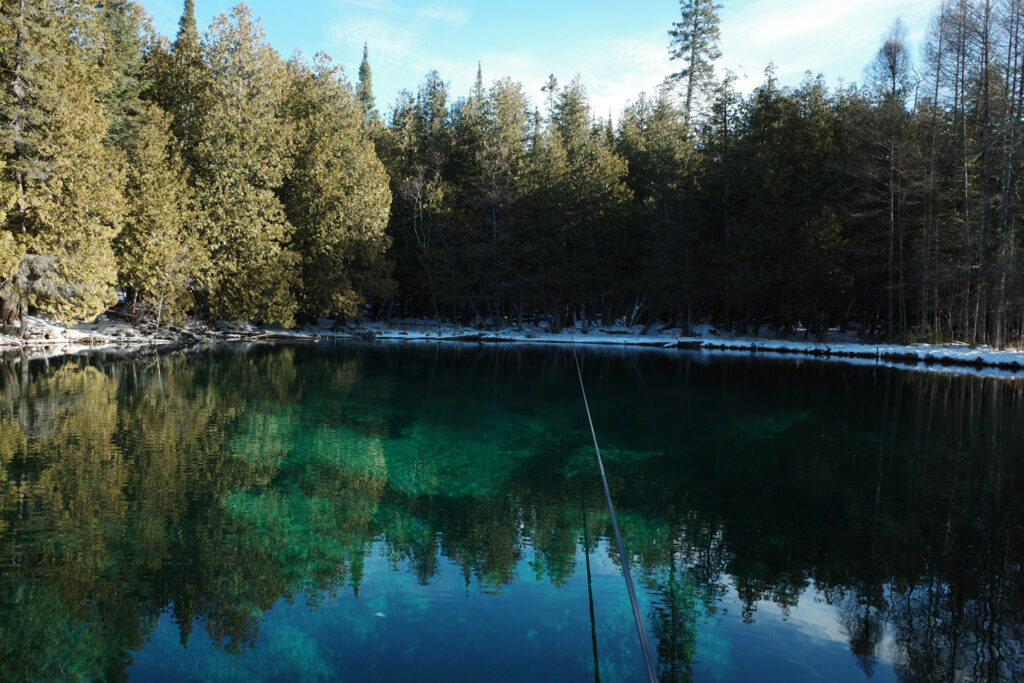
It’s the kind of thing that just doesn’t really happen so much anymore. Setting aside personal gain, wealth, and possession for the sake of something greater. It’s an example of foresight: looking far into the future, and making sure that Michiganders would have access to the strange beauty of this remote spring. These are the choices that ripple into the future.
Thanks to the vision and conservation of Bellaire and the Palms and Book families, I was able to visit Kitch-iti-kipi on a cold, sunny morning in early February. Yes, believe it or not, you can (and should) visit in winter. You have to trudge through snow to get there, but the spring, which is 45 degrees year-round, never freezes. The air might be a frigid 8 degrees, but you can still take the raft across the water. You will need to bundle up, but it will be worth it.
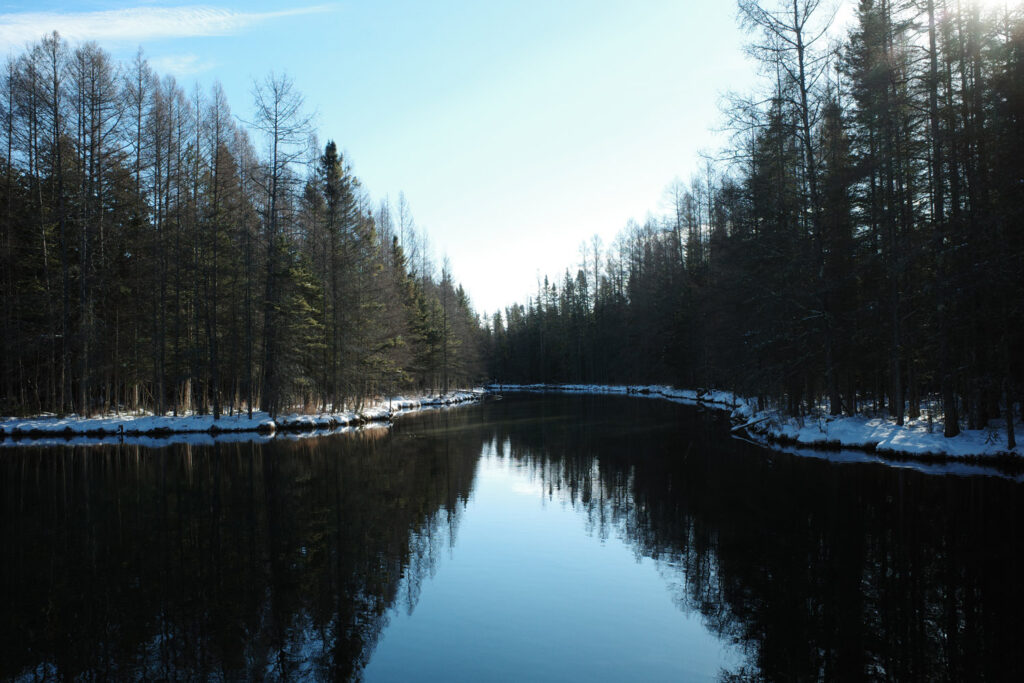
There were a couple snowmobiles in the middle of the parking lot that morning. Just two cars. Mine and a truck parked in a far corner. There is a raft to take you across the spring. A cable runs from one side to the other, with the raft floating along. You crank a wheel to make your way over and back. It’s very slow, and that’s okay. It complements the scene.
There are no waves on Kitch-iti-kipi. It’s perfectly still and crystal clear. There’s a beautiful, otherworldly aquamarine hue in the water below. Fish that look like dark shadows lurk near the sandy bottom. Tall trees surround the spring on all sides.
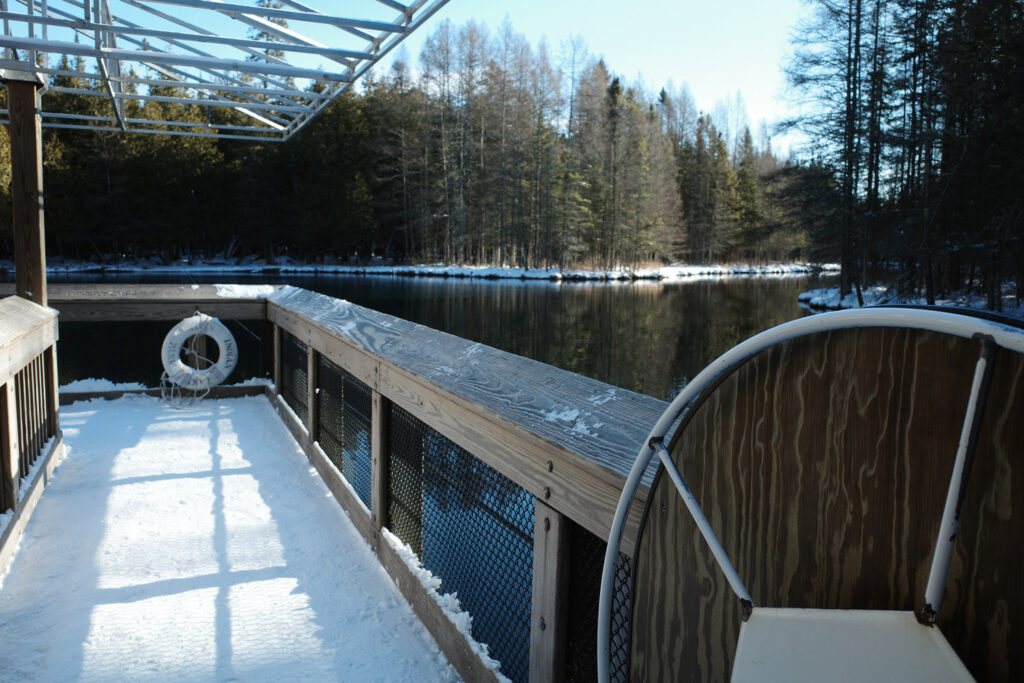
I’ve been to Kitch-iti-kipi in the summer and the winter. The winter, while harsher, is nicer. The fact the spring never freezes is more jarring. That dichotomy is a peculiar sensation. Water like glass, ducks curled up into little footballs on the shallow water near the shore, the winter sun. Near silence.
In the winter it feels more like it felt when Bellaire came across the spring a century ago. Maybe Kitch-iti-kipi in the winter feels how this place ought to feel.
Hidden.
O.W. Root is a writer based in Northern Michigan, with a focus on nature, food, style, and culture. Follow him on X @NecktieSalvage.
